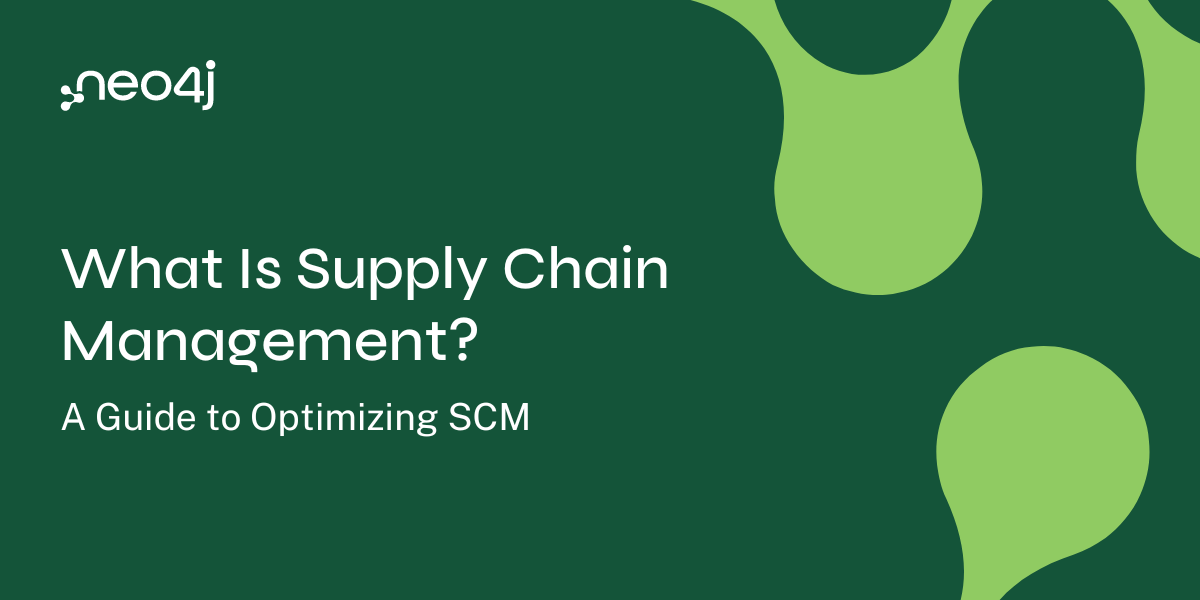Spring Data Neo4j is part of the larger Spring Data family and provides easy configuration and access to Neo4j Graph Databases from Spring applications. The workshops are quite popular, so don’t miss out this training series.
Happy to announce that we’re back on the Discourse platform. Thank you, everybody, for your feedback. The migration is done, and we’ll improve the user experience over the coming weeks. As always, let us know if there is anything we can do better!
Cheers,
Yolande Poirier
We are rolling out a number of local events, in addition to our usual online streams. Join us for virtual and in-person events.
FEATURED NODES SPEAKER: Jan Zak
In his NODES 2022 presentation, Jan introduces data lineage use cases, shows how data is represented in a graph database, and how we use graph database features for fast and efficient data processing. Watch his talk “Track Data Lineage With a Graph Database”!

Knowledge Graph: Building An Academic Knowledge Graph With OpenAI & Graph Database – Part 3
In his trilogy of well-structured articles, Fanghua (Joshua) Yu runs demonstrations with GPT-3, creating a knowledge graph of arXiv paper metadata, doing entity and relationship extraction, and generating embeddings of paper titles. He then uses cosine similarity to find the most similar title for a certain search phrase.ChatGPT: Querying Common Chemicals With ChatGPT From a Neo4j Database – Part 2
Sulstice uses ChatGPT to interface with a chemical database generate Cypher queries to allow users to query molecules. He feeds the APOC (Awesome Procedures on Cypher) generated schema, nodes, and relationships to ChatGPT, which responds with Cypher queries he then uses in an AuraDB instance.NODES SESSION: GraphQL Federation Using the Neo4j GraphQL Library
NEW BOOK: Graph Data Science With Neo4j
TUTORIAL: How to Build a Bayesian Knowledge Graph
TWEET OF THE WEEK: @blueteamsec1
Don’t forget to retweet, if you like it!Cypherhound – Terminal Application That Contains 260+ Neo4j Cyphers For BloodHound Data Sets https://t.co/cF6tlWvndm #ActiveDirectory #Azure #BloodHound #Cypherhound pic.twitter.com/ZQgkVKiwgR
— Blue Team News (@blueteamsec1) January 31, 2023



